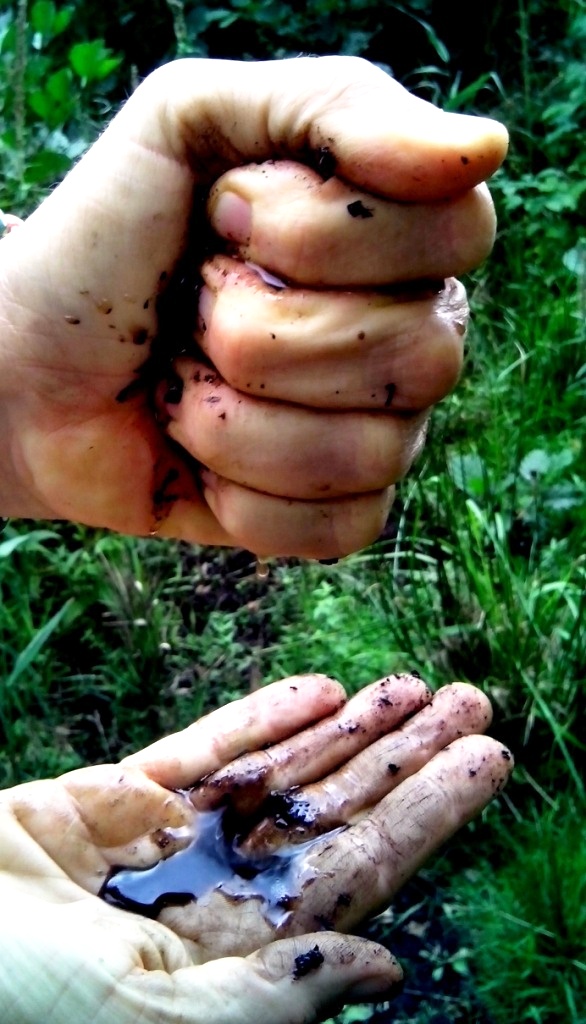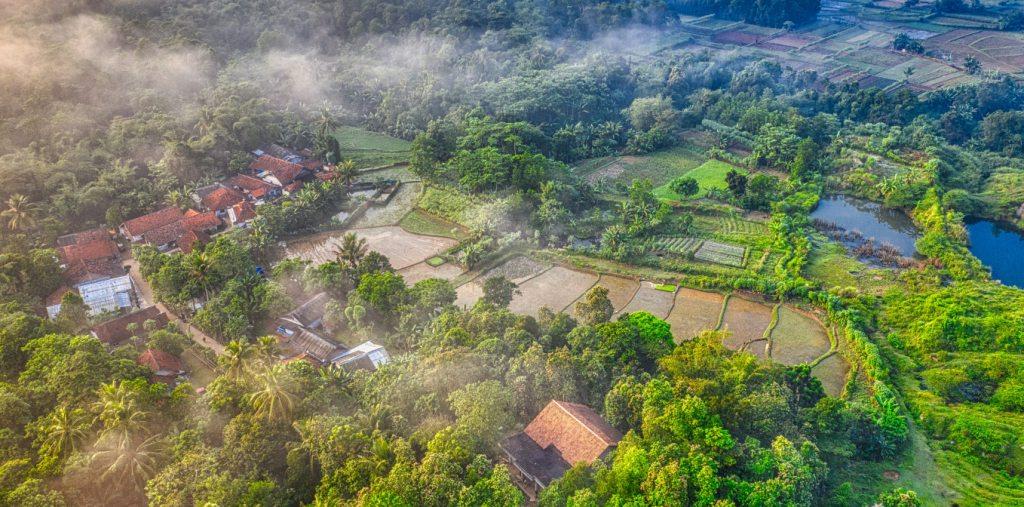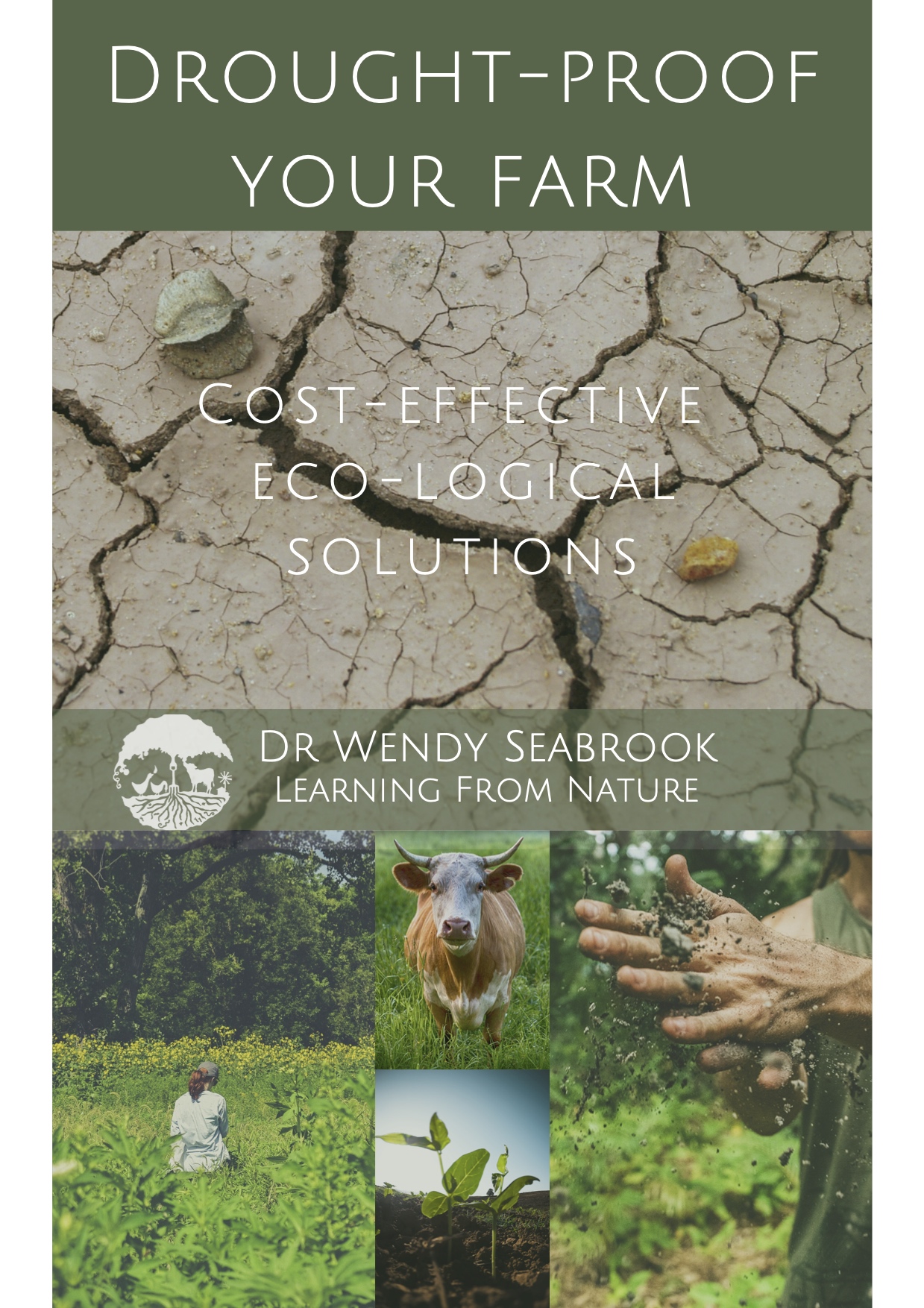We’re getting harder hit by drought. Standard solutions no longer seem enough. Earthworks like swales, contour banks, Natural Sequence Farming, and Keyline Design can help drought-proof farms. But we tend to overlook a remarkably cost-effective technique – getting more water infiltrating and stored in our soil.
How do we do this? By using vegetation to enhance our soil’s capacity to capture and store water and reduce water loss from evaporation.
We all appreciate that we can plant trees to provide shade and wind protection to reduce water loss from evaporation and use living ground covers, leaf litter, and mulch to reduce runoff. But more importantly, plants are the primary food source for the soil organisms responsible for maintaining soil structure and producing organic matter – the two things crucial for increasing water infiltration and storage in our soil.
Spreading mulch and compost isn’t as effective because only a small portion of the organic materials from above-ground inputs are retained long-term as organic matter. Organic materials from plant roots and root exudates are needed to increase the levels of organic matter stored in our soil.
Supplied with a generous, diverse and preferably consistent supply of:
- Organic waste materials from plants, livestock and other living organisms,
- Root tissues and
- Root exudates (the sugars and proteins that plants release from their roots)
soil organisms break down the organic waste materials into organic matter and build a crumbly soil structure with water-holding particles (aggregates) and spaces in between for water storage.
Organic matter acts like a sponge storing incredible amounts of water – up to 90% of its weight.

Spreading mulch and compost isn’t as effective because only a small portion of the organic materials from above-ground inputs are retained long-term as organic matter. Organic materials from plant roots and root exudates are needed to increase the levels of organic matter stored in our soil.
Two Essential Things to Remember
The warmer (and wetter) your climate – the more food your soil organisms require. That’s why – silvopasture, the raising of animals among trees, is ranked across Africa, Asia and South America as the most important climate-smart intervention graziers can make. Arable farmers and horticulturists in these regions are also starting to grow cereals and veggies using agroforestry designs.
Don’t worry that the extra vegetation will suck too much water out of the ground through transpiration. Transpiration is the process by which water gets transported from plant roots to the leaves, releasing it into the atmosphere as water vapour. Research shows that as your soil improves, less water will get lost overall because of the reduced water loss from evaporation, combined with increased water infiltration and storage in your soil.
Advantages of this Eco-logical Approach
- Make the most of the available water and extend your growing season by keeping the soil moist well into dry times.
- Reduce your irrigation costs.
- Plants grown to feed your soil ecosystem can be used to produce an income, too!
- Reduce your reliance on fertilisers and compost.
- Grow mulch right where you need it – saving you the effort and expense of inputting organic materials from elsewhere!
- Help to increase precipitation.
See the Benefits

